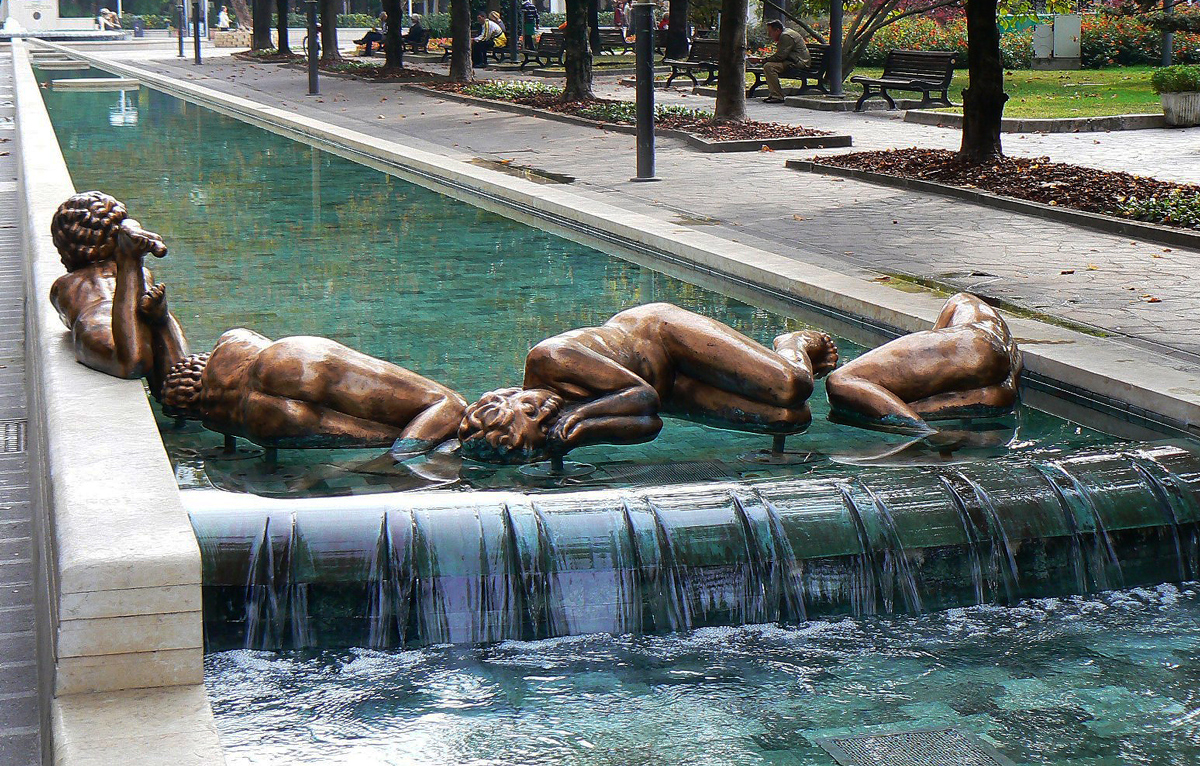
City of Abano Terme
The city of Abano Terme stands on the slopes of the Euganean Hills (Colli Euganei) that were formed some 34 million years ago following the flooding of the Po Plains and underwater volcanic phenomena. The distinguishing feature of the area of Abano Terme is the presence of natural hot springs whose fame dates from ancient times. This "mysterious" phenomenon, explained in the 1960s by experts from the University of Padua, is the result of a geothermal circuit that lasts for around fifty years. The name of the city itself contains an obvious reference to water, both with its Indo-European root – ap, and its association with Aponus, the god protector of the hot water springs during Paleovenetian and Roman times. The origins of thermal spa treatments date from the eighteenth-century, when the ancient inhabitants of the area visited the nearby sacred lake to conduct rituals associated with restoring one’s health. In the post-war period the traditional activities associated with the thermal spa treatments experienced a formidable period of growth thanks to the new technologies that allowed the opening of artificial wells close to which many thermal spa establishments were built. The rise in the numbers of visitors was staggering and resulted in the opening of numerous artificial wells and the construction of new facilities. The city underwent a period of rapid urban development and by the end of the 1950s the number of establishments was 54. Two new churches were also built, the Sacro Cuore alle Terme and Santa Maria in Giarre to meet the needs of a growing population. The undoubted curative properties of the thermal spring therapies and the capacity of the local tourist business community (in 1990 the number of establishments was 90) allowed the thermal spa town to continue to grow so that it extended along a long boulevard overlooked by gardens and refined shops, connecting the old thermal spring installation, now the Montirone Park, with the old town centre.